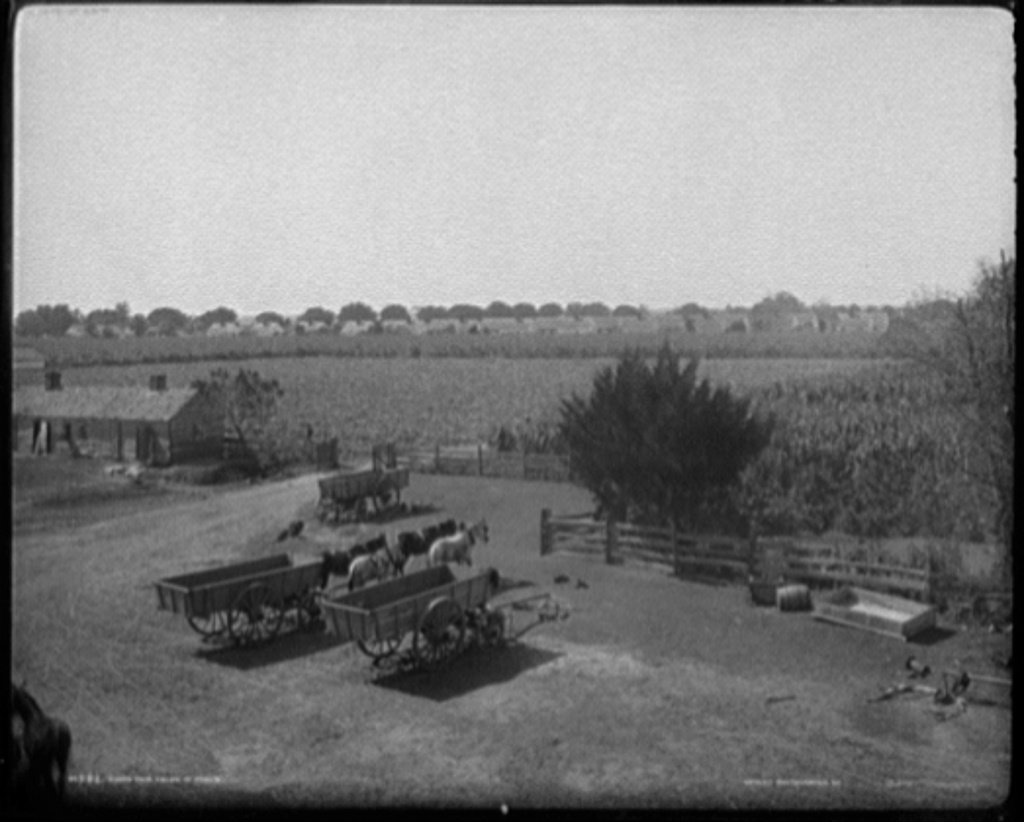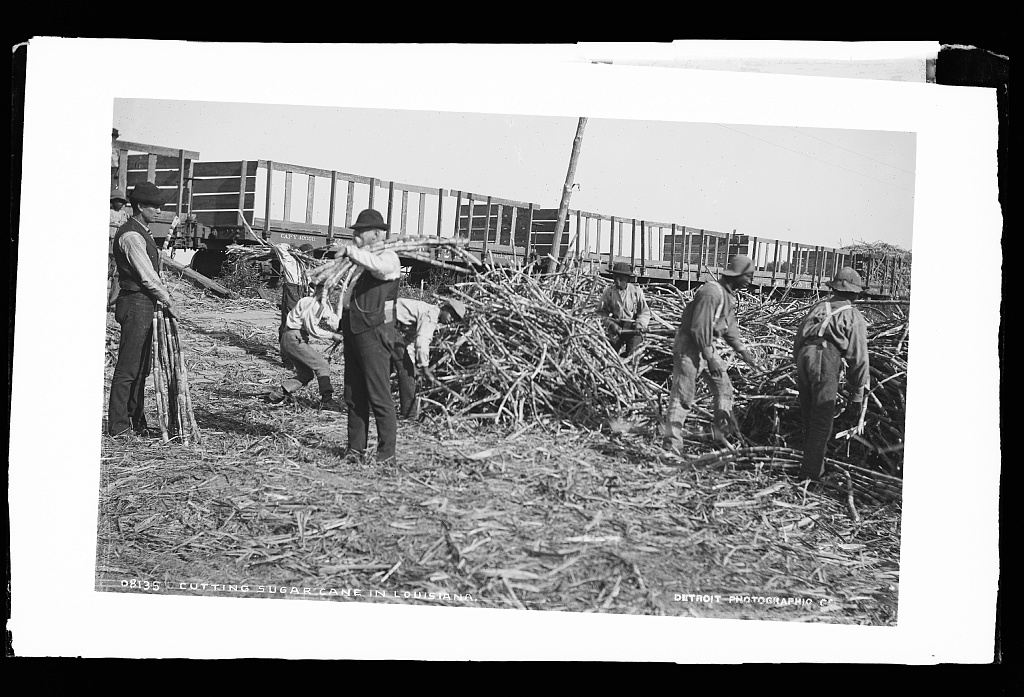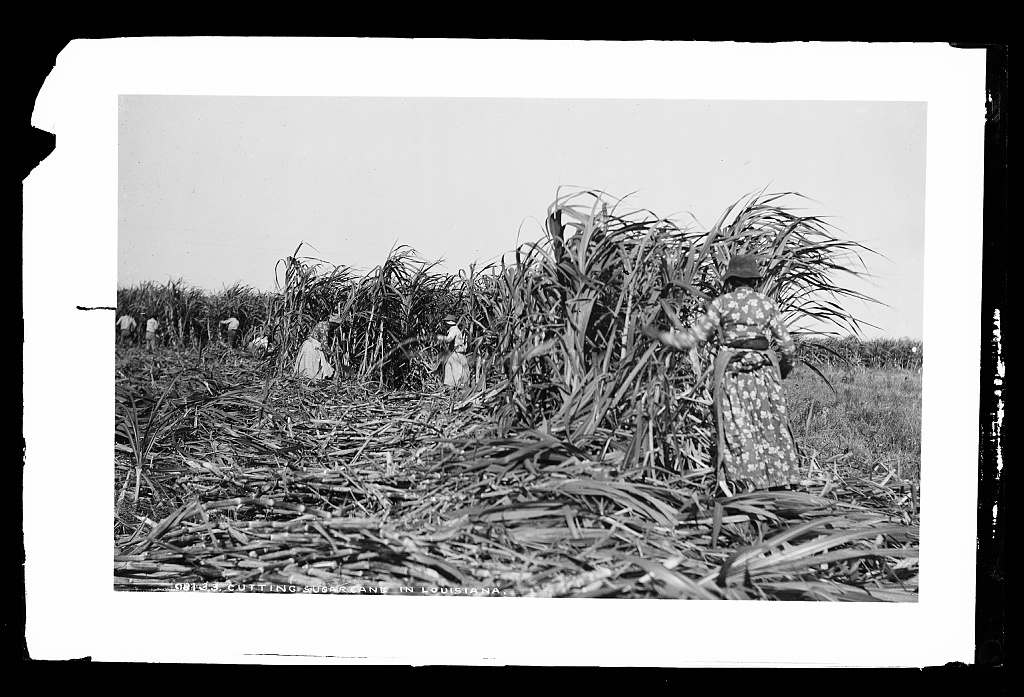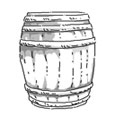While the rest of the South cultivated cotton, the Mississippi River provided a unique opportunity for these Louisianans to transport sugarcane commonly called, white gold, to New Orleans and markets abroad.
In the mid-1800s, our region, known as the River Parishes, amassed concentrations of wealth from the massive sugar cane plantations dispersed throughout. In fact, at one time America’s highest concentration of millionaires was found along the Mississippi River from New Orleans north to Baton Rouge.
Enslaved peoples were the backbone of this operation and continued to increase in numbers over the years prior to the Civil War to service the growth in demand for sugar. During this era, Louisiana was producing half of all sugar consumed in America.
Recently, we discovered a collection of glass negatives that are part of the Library of Congress’s images that are available to the public. These glass negatives give us historical perspective into the growing of sugarcane along the Mississippi River between Baton Rouge and New Orleans in the 1880s.














